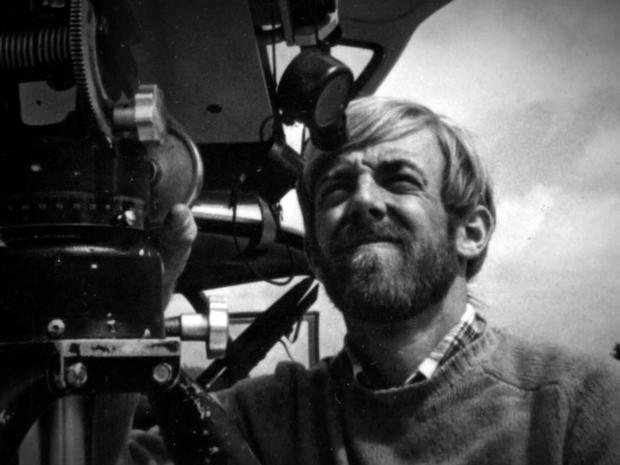May 17, 1980, 40 years ago today, was a beautiful day on the mountain in southwest Washington. It was also the most significant day of Carolyn Driedger’s life.
She and a colleague had traveled to the active volcano Mount St. Helens to drop off equipment at a U.S. geological station. They planned to stay the night, but geologist David Johnston, tasked with monitoring the mountain, warned them against it.
“He said, ‘Let’s just have as few people here as possible,'” Driedger recalled. “We were very disappointed that we were not going to spend the night looking at this beautiful volcano. The sun was just starting to set. We stopped and I took a couple of last photos of Mount St. Helens.”
The next morning, at 8:37 a.m., Mount St. Helens erupted – a disaster unlike any other in American history.
The news reported it as “the most violent eruption of this volcano in 32,000 years.”
“The energy that came out of Mount St. Helens that day is bigger than any nuclear weapon than we have in our arsenal,” said Steve Olson, author of “Eruption: The Untold Story of Mount St. Helens” (W.W. Norton). “The whole northern flank of the volcano collapsed into this valley,” he said, “and that let out this burst of pressure that had been building up inside the volcano.”
The blast triggered the largest landslide in recorded history, flattening trees for 220 square miles, with a cloud of smoke, ash and pumice. In all, 57 people died.
Olson said, “It was the first clear weekend that had happened in the year 1980. And so, a lot of people in the surrounding area simply made plans to come out and go camping and hiking. They weren’t even watching the volcano necessarily.”
Two “exclusion zones” had been set up to try and keep people safe, while still allowing Weyerhaeuser logging trucks to harvest timber on the side of the mountain.
“There were a lot of people that owned property up here that wanted to be able to get to their property, and geologists would issue warnings saying, ‘No, we think the volcano is too dangerous,'” Olson said.
Then, as now, debate raged over whether to protect people’s livelihoods, or their lives. One woman, interviewed on May 5, 1980 about the roadblocks, said, “They have to put a roadblock up just to keep the tourists out. What do they expect us to survive on? If it’s so dangerous here, why are we still here? I think the whole thing is just ridiculous.”
Ridiculously deadly, it would turn out. In fact, scientists had even drawn up new, larger boundaries, which might have saved lives, but the plans sat on then-governor Dixie Lee Ray’s desk unsigned, as she attended a rhododendron festival. “In fact, all but three of the people who were killed in the eruption were outside of the danger zones that had been established,” Olson said.
When the volcano erupted, 1,500 feet of the mountain vaporized in seconds, in a violent, superheated cloud of debris, killing people as far away as 20 miles.
Correspondent Luke Burbank said, “I think people would think a cloud of dust and debris, you know, doesn’t seem that dangerous?”
“Yeah, this was more than a cloud,” Olson said. “It was more like a stone hurricane, essentially. A hurricane made up of pulverized stone that was moving with such force that it could just knock down anything in its path.”
One of the first to die: geologist David Johnston. It turns out he hadn’t planned to be on the mountain that day. He was filling in for his colleague, Don Swanson: “He had taken my place on Saturday night,” Swanson said.
In the 45 seconds before the cloud hit, Johnston was able to radio out one last warning, telling the Vancouver monitoring station: “This is it.”
His body has never been found.
In the end, the only reason there wasn’t a greater loss of life was that it was a Sunday, so fewer people were working on and around the mountain.
Today, trees and wildlife are returning to Mount St. Helens. But forty years later, in the midst of a different kind of catastrophe, it’s hard not to wonder if we’ve learned all we could have from that sunny Sunday in 1980.
For more info:
Story produced by Anthony Laudato. Editor: Emanuele Secci.




